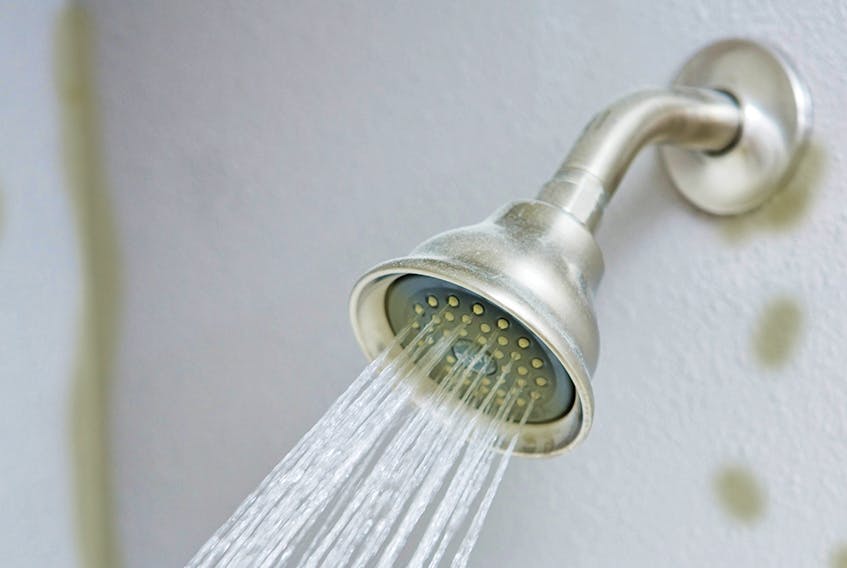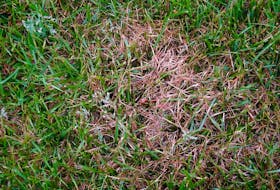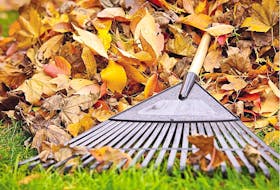Mould and mildew are not only unsightly, but unhealthy. These fungi grow readily in damp areas and are found in the air breathed both indoors and outside. If left unaddressed, mould and mildew can threaten the health of a home's inhabitants.
Mildew is a type of mould that remains relatively flush with the surface it grows on. Other moulds can grow puffy in appearance. Moulds serve the purpose of destroying organic materials, but in high amounts, these microorganisms can cause respiratory problems, sinus congestion, throat irritation, headaches and other issues, particularly when mould grows unchecked indoors, says Better Homes and Gardens. As a result, it is essential to address mould before it becomes problematic.
According to Polygon, a drying technology and temporary climate solutions company, the wet season in winter is when moulds often grow and expand. Mould can break down the integrity and strength of the surfaces where it grows.
Homeowners can employ the following strategies to prevent mould growth.
Keep all surfaces clean, using proper cleaning products. Diluted bleach solutions are highly effective at killing microscopic fungi, viruses and bacteria.
Reduce moisture and humidity by ensuring sufficient air circulation in rooms, particularly bathrooms and kitchens. An exhaust fan will help remove moisture quickly.
Fabrics covered in mildew that can be laundered should be carefully removed and washed in chlorine bleach and hot water. An oxygen bleach product also can be effective.
Invest in a dehumidifier that can reduce moisture in the home in problem areas, such as damp basements or garages.
Fix plumbing leaks as soon as possible.
Remove damp leaves and snow from areas around the foundation of the home. Ensure that gutters and downspouts are clear of debris and can shuttle water away from the house effectively.
Replace cracked or defective mortar in basements.
Make sure all seals on windows and doors are not compromised and are in good working condition.
Be sure an HVAC in-line humidifier is adjusted to the right setting and isn't pumping too much moisture into the heated air; otherwise, the added humidity can contribute to mould.
If there is a flood or water infiltrates a home in other ways, hire a professional service to help clean and dry the home effectively.
Mould and mildew are problematic, but with diligence they can be kept at bay.
RELATED:









